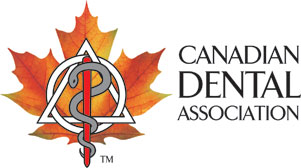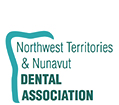Meeting with parliamentarians allows CDA to advocate for dentists and support changes that improve access to dental care for people in Canada, while addressing key challenges in the oral health system. Days on the Hill are a cornerstone of our federal government engagement, allowing us to work directly with policymakers to advance the dental profession and improve access to oral health care in Canada.
The CDA's advocacy efforts help ensure that oral health care remains a recognizable and significant public health issue. CDA informs key decision-makers about matters that affect dentistry and oral health.
2025 Days on the Hill
CDA is hosting its annual Days on the Hill events on November 24-25, 2025, as part of our ongoing advocacy efforts. During these events, the CDA delegation, which includes CDA board members, will meet with parliamentarians to discuss key issues affecting oral health in Canada, including:
Oral Health Workforce Challenges
Across Canada, dental offices are struggling to recruit and retain enough dental assistants and dental hygienists to meet patient demand. In 2023 alone, 7,200 roles went unfilled, with 80% of dental offices reporting staffing challenges.
- CDA recommends expanding student loan forgiveness, ensuring post graduate work permit (PGWP) eligibility for dental assistants, improving labour mobility, and investing in national oral health workforce data.
Training New Dentists
Dental students are facing an unintended consequence of the Canadian Dental Care Plan (CDCP). Patients shifting away from dental school clinics and CDCP preauthorization challenges are leaving students without enough cases to graduate on time. Preauthorization low approval rates are pushing students to miss training in key competencies, threatening on-time graduation and tomorrow’s supply of dentists.
- CDA recommends creating a dedicated, fast-track preauthorization stream for dental schools and supporting CDCP patient care in teaching clinics, so schools can serve patients while ensuring students are ready to practise.
Making CDCP Work for Patients
Many CDCP patients expect free care with the CDCP, but depending on income, some patients are required to make co-payments in the range of 40–60% and federal fee schedules often don’t cover full treatment costs. Further, preauthorization high denial rates are affecting access to care.
- CDA recommends setting clear service standards for preauthorization and fixing system errors, as well as improving government communications about the CDCP.











